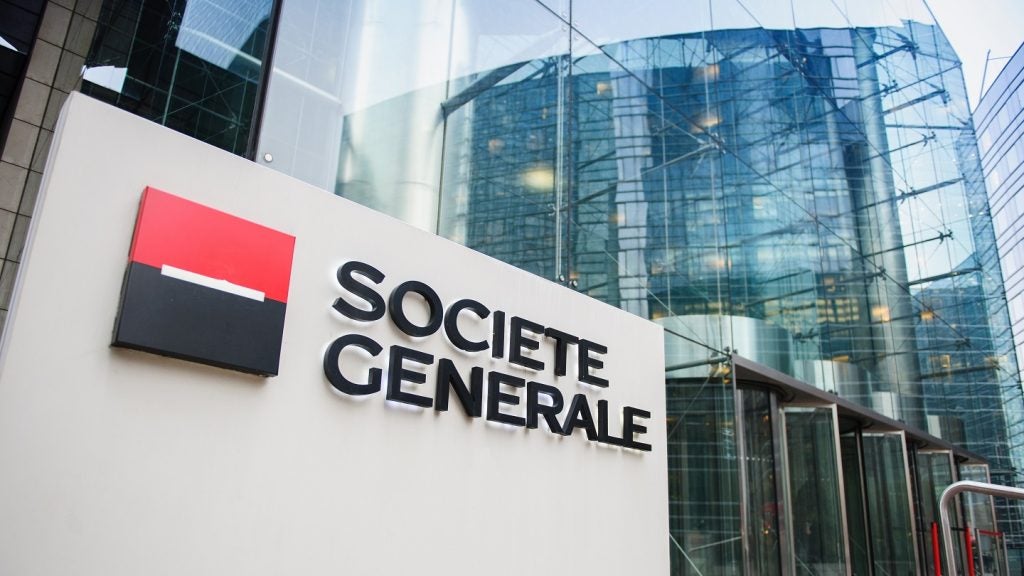In the first of five profiles of vendor finance businesses, Bank of America reveals it is no longer just about IT
Company: Bank of America Global Vendor
Finance
Head of vendor finance: John Bennett
Number of vendor finance clients: 20
Number of vendor finance customers: 400
to 500
Centres of operations: UK, Germany, France,
Italy, Spain, Norway, Sweden, Belgium,
Netherlands, Switzerland, and Ireland.
Headquarters: London
Value of vendor finance assets under lease:
€500m
Total number of vendor finance staff: 25
Total number of vendor finance staff per
deal: 25
Product diversification is a key evolutionary strategy for growth
in a competitive environment – one that Bank of
America Global Vendor Finance is utilising as it pushes into a
range of new asset sectors.
Traditionally a wholesale funder for technology, medical and
telecommunications equipment, BoA’s vendor finance business is now
starting to finance and build vendor partnerships in the
construction and industrial equipment sectors – assets that were
traditionally confined to the US business.
In addition to expanding its product line and enhancing its
‘one-stop shop’ services, John Bennett, head of BoA’s Vendor
Finance in Europe, also reveals the business is looking to not only
increase its penetration in the newer European markets, but also
add another four Western European countries to its list in the next
six months.
Bank of America’s European Vendor Finance business, which writes
deals worth between €3m and €100m, currently operates in 11
countries and has a physical presence in the UK and Germany. It
relies on cross-border deals and its banking facilities in the
remainder of its countries. Furthermore, it embodies both the
fluidity and strong sales focus that is characteristic of the
internal operations of a vendor finance organisation. Bennett says
that all of his 25 staff are involved in all areas of a
transaction: “Everyone has an effect on the sale. Since our quality
of delivery and turn-around time depends on everyone, I regard
everyone as having an influence on sales.”
How well do you really know your competitors?
Access the most comprehensive Company Profiles on the market, powered by GlobalData. Save hours of research. Gain competitive edge.

Thank you!
Your download email will arrive shortly
Not ready to buy yet? Download a free sample
We are confident about the unique quality of our Company Profiles. However, we want you to make the most beneficial decision for your business, so we offer a free sample that you can download by submitting the below form
By GlobalDataThe company’s average deal size ranges from €3m to €10m, but,
according to Bennett, a typical deal generally sits at about €2m to
€3m with a variety of line items, which means little attention is
placed on the individual assets in the transaction.
“What we count is volume because a typical deal could have about
20 to 30 line items on the equipment schedule, the configuration of
which is put together by the vendor,” Bennett says.
“We would be more interested in the individual asset if we have
taken residual value.”
Residual value
Bennett says that RV is taken not only according to the
appropriate equipment, but also the vendor partnership because the
key to receiving valuable RV at the end of a transaction relies on
the vendor’s remarketing.
“We look at the vendor’s track record.We understand a vendor
cannot guarantee RV, but the remarketing we expect the vendor to
undertake is a key part of our consideration of a vendor
partnership,” Bennett says.
Inevitably, RV is rarely, if ever, taken on equipment such as IT
because it generally lacks market value at the end of a lease
period, while industrial equipment and even healthcare equipment
offer more durability, liquidity and, hence,
marketability.
Used healthcare equipment is often passed over to developing
markets looking for cheaper resources and is a relatively easy
remarketing strategy, according to Bennett. While the vendor
finance market appears adept at dealing with RV risk, Bennett
questions its ability to handle credit risk and the equilibrium
between pricing and reward.
While Bennett says his business tends to operate at the middle
to upper end of the credit spectrum, to mitigate both risk and the
possibility of default, and hence receive a better reward, there
are some players who specialise in taking higher risk and charging
more.
“That’s where a lot of the industry goes wrong, they’re not
pricing effectively, it’s out of balance, there’s too much risk and
not enough reward,” Bennett says.
The recent credit crunch on account of the sub-prime disaster in
the US will intensify this problem. Firstly, independent leasing
companies – which rely on external bank funding – will find it
increasingly expensive and difficult to get funding because less
will be available.Although, Bennett argues, the majority of the
European leasing industry is bank owned and this should, therefore,
not pose so much of a problem, competitors will inevitably get
pushed out of the market, which naturally has its own negative
implications.
Secondly, Bennett says, if, in the likely event, the crisis
affects economic growth, investment levels will fall and prices,
and hence risk, will go up.
“It will be interesting to see how people will change their
risk/reward balance because there will be less liquidity that will
push prices up,” Bennet says.
Nevertheless, Bennett says vendor finance in Europe is growing
at an above-average rate compared with the rest of the asset
finance industry.This is particularly driven by the emerging
Eastern Europe markets, low penetration levels across Europe and a
growing interest and demand in vendor partnerships.
Although vendor finance and leasing is more developed in the
more mature US market, it is not necessarily better, Bennett
says.
“The main difference is that US players can be more
entrepreneurial, due to both the culture of the country and the
vast experience in the market. In the US, vendor finance gave way
to leasing,whereas it is the other way around in Europe,” he
adds.






